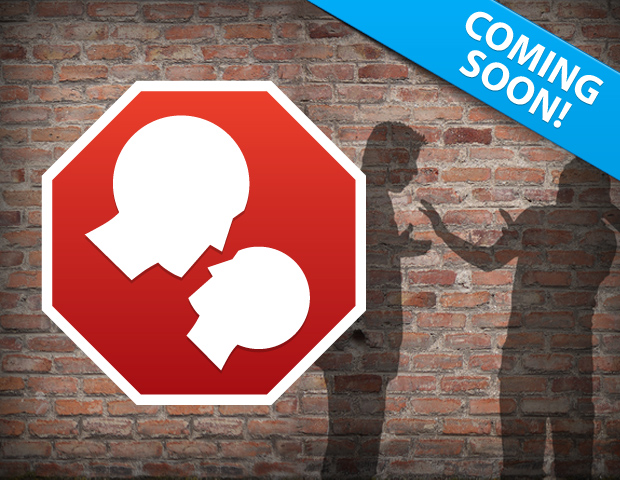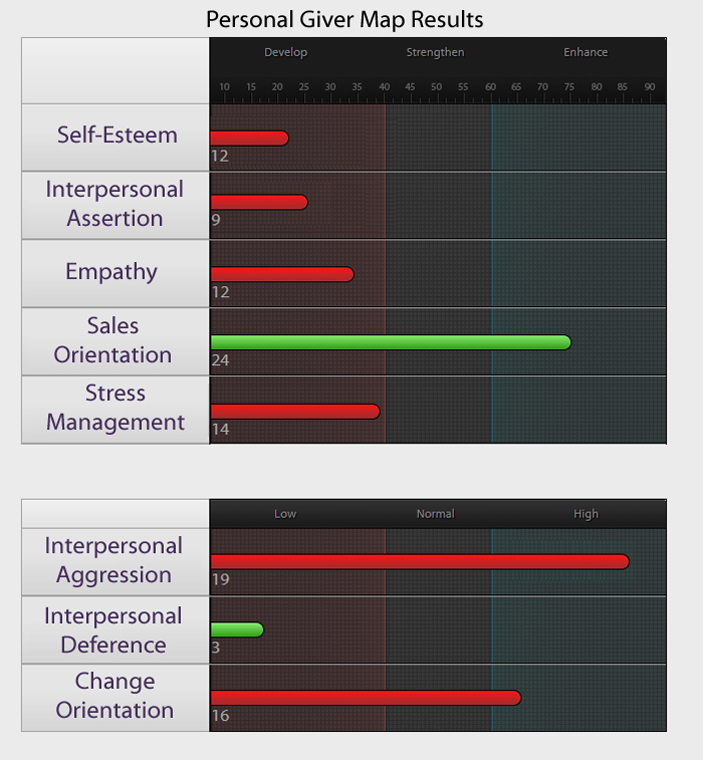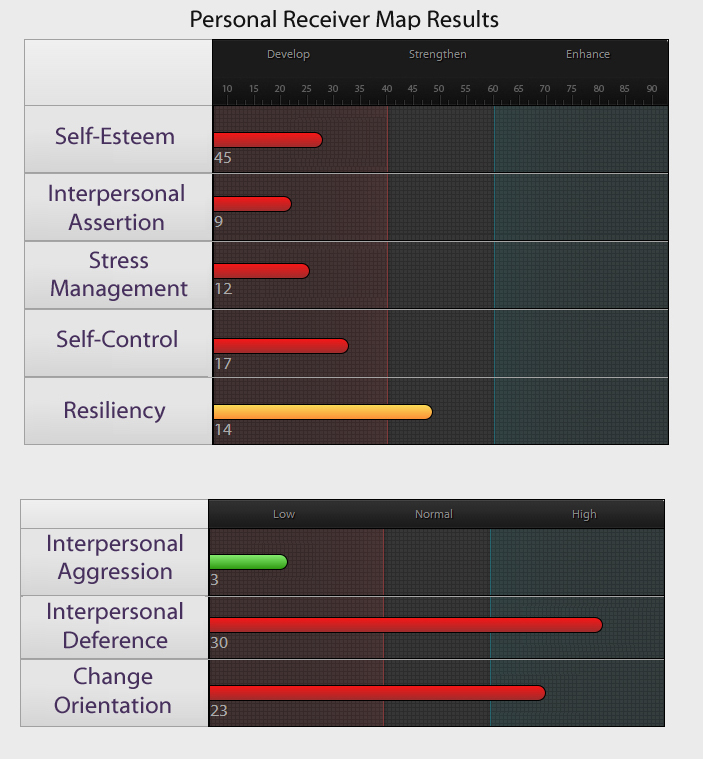
With increased public awareness of bullying in our communities, schools and workplaces, there has been a common response to this problem—How can we stop the bully? While this is a logical response, it is also a one-sided response that in most cases increases rather than decreases the number of bullying incidents.
Throwing Gasoline on the Fire!
The very reason why someone would resort to bullying is why targeting intervention on the bully is a self-defeating process. Let’s face it, the actions of bullies are an attempt to satisfy their psychological needs. They desire the attention. Targeting intervention only on the bully reinforces those psychological needs. This type of intervention, no matter how well-intended, most likely will increase the number of bullying incidents.
Takes Two to Tango
The bullying process needs at least two participants—the Giver (or bully) and the Receiver (or target). Both participants possess different psychological needs that are found in the bullying process. The typical bullying cycle must include the act of aggression (Interpersonal Aggression) on the part of the Giver and a sign of submission (Interpersonal Deference) on the part of the Receiver. When these two essential factors are present, the bullying cycle proceeds to feed on itself over time. This cycle is most easily broken at the initial onset, but it can be broken at any later point in its progression by removing either one of its two key ingredients—the Giver or the Receiver.
Bullying Prevention Series™
We at The Conover Company are proud to introduce our new research-based bullying prevention assessment and intervention system known as The Bullying Prevention Series. This series utilizes the following procedure:
Assessment – Intervention – Post-assessment
The assessment will drive the intervention process. There are two tracks in The Bullying Prevention Series: The Giver (bully) and The Receiver (target). The series is an attempt to identify the underlying needs of either the Giver or the Receiver, and to provide intervention to help meet those needs outside of the bullying cycle.
The Personal Giver Map
This unique assessment and intervention system focuses on core personal effectiveness skills needed to avoid becoming a Giver in the bullying process.

- Interpersonal Assertion—This is the desired trait. It addresses how to effectively use direct, honest and appropriate expression of thoughts, feelings and behaviors in dealing with others.
- Self-Esteem—This is a critical skill for the Giver. Self-esteem is a perceived level of personal worth. Givers may use bullying as a way of boosting self-esteem by demeaning others.
- Empathy—Empathy covers how to sense, understand and accept another person’s thoughts, feelings and behaviors. A lack of empathy allows Givers to avoid feeling the negative effects of their behavior.
- Stress Management—Stress management is the ability to manage stress and worry. Stress is the trigger for aggressive, abusive behavior.
- Sales Orientation/Leadership—This area covers the basics of how to positively impact and influence the actions of other people. The key word in this definition of leadership is positively. Most Givers possess strong leadership skills, however they use these skills in a negative, rather than a positive, manner.
The Personal Receiver Map
This program consists of an assessment and skill intervention system that focuses on the core personal effectiveness skills needed to avoid becoming the Receiver in the bullying process.

- Interpersonal Assertion—This is the desired trait. It addresses how to effectively use direct, honest and appropriate expression of thoughts, feelings and behaviors in dealing with others.
- Self-Esteem—This is a critical skill for the Receiver as well as the Giver. Self-esteem is a perceived level of personal worth. Low levels of self-esteem correlate highly with Interpersonal Deference. High levels of self-esteem correlate with the desired skill of Interpersonal Assertion.
- Stress Management—Stress management is the ability to manage stress and worry. When stress is unmanaged, Receivers, who tend to be passive or deferring, will turn to aggression and anger.
- Self-Control—This is the ability to handle personal feelings and emotions in difficult life situations. Self-control is a key skill for the Receiver to learn and use because self-control takes away the reward that the Giver is seeking in a bullying situation.
- Resiliency—This includes the ability to proactively work through processes and activities and cause bottom-line results to happen. Resiliency enables an individual to recover from previous abusive situations and to help prevent future negative encounters.
Problematic Behaviors
Notice in both maps the bottom three scales. These scales address key issues related to the bullying process. For the Giver, Interpersonal Aggression, or anger, is a key component. For the Receiver, it is Interpersonal Deference, or fear.
The last scale is Change Orientation. Change orientation is the degree of openness to making changes and learning new skill in one’s life.
